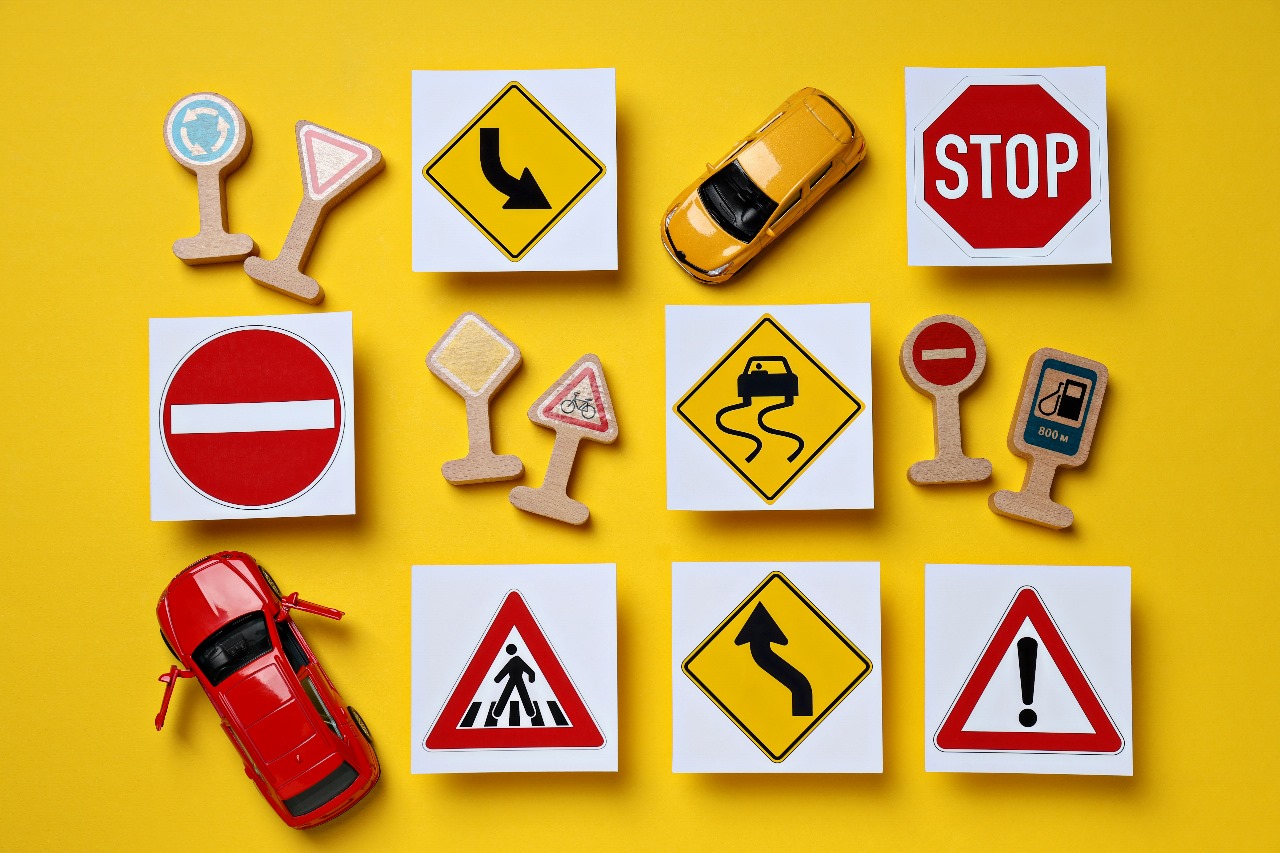A Brief History of Traffic Laws

History of Traffic Laws
Traffic laws have evolved significantly over the centuries to address the changing modes of transportation and ensure the safety and efficiency of travel. Understanding the history of these laws offers insight into how modern traffic regulations have been shaped.
While traffic regulations have evolved over centuries, the most effective modern way to protect your record is to hire a Kansas City traffic ticket lawyer who understands how to navigate today’s complex municipal court systems.
Early Beginnings of Traffic Laws
Traffic regulations date back to ancient times. The Roman Empire, known for its vast network of roads, implemented some of the earliest traffic rules. Roman authorities imposed speed limits for chariots within city limits and designated certain streets as one way to manage congestion. These early efforts were aimed at maintaining order and preventing accidents in bustling urban centers.
In the Beginning: The Horse-Drawn Era
The wheels of history began turning when the old German engineer Karl Benz unveiled the first motor vehicles in 1886. These early automobiles, though owned by the privileged few, soon multiplied, filling the streets with a new kind of chaos. Roads were unregulated, and traffic was a free-for-all.
In 1901, Connecticut took the initiative by creating the first statewide traffic laws. These laws primarily focused on vehicle speeds, imposing limits of 12 MPH on city streets and 15 MPH on country roads. (Quite primitive compared to our 75 MPH interstates, isn’t it?) See attorney seo expert for your law firm.
Lawlessness and Chaos: The Early 20th Century
Before 1930, America faced one of its most dangerous periods. Thousands of cars crisscrossed the streets, yet there were no street signs, traffic signals, or brake lights. Drunk driving laws? Nonexistent. The result? A bloody mess with thousands of deaths within city limits.
The Dawn of Order: 1930 and Beyond
- Three-Way Traffic Lights: In 1930, the iconic three-way traffic light made its debut across the entire United States. Remarkably, its design—green for go, yellow for slow, and red for stop—remains virtually unchanged to this day.
- Seat Belts and Airbags: The 1950 Nash Airflyte introduced safety belts, a crucial feature that would later become standard. Within a year, airbags joined the scene, bringing us closer to the cars of the twenty-first century.
Medieval Developments
During the medieval period, traffic regulations became more localized. Towns and cities began to enforce rules for carts and wagons, often limiting their operation during peak hours to avoid crowding narrow streets. In some places, local authorities introduced rudimentary licensing systems for drivers of horse-drawn carriages, ensuring they had the skills to navigate safely through crowded markets and thoroughfares.
The Birth of Modern Traffic Laws
The advent of the automobile in the late 19th and early 20th centuries revolutionized transportation, necessitating more comprehensive traffic regulations. In 1896, the United Kingdom passed the Locomotive Act, which set speed limits and required vehicles to be preceded by a person waving a red flag to warn pedestrians. This law was among the first to address the specific challenges posed by motor vehicles.
In the United States, the introduction of the Model T by Henry Ford in 1908 made automobiles accessible to the masses, leading to a rapid increase in the number of cars on the roads. This surge prompted cities to develop traffic control measures. Cleveland, Ohio, installed the first electric traffic signal in 1914, which significantly improved traffic flow and safety. Checkout lawyer SEO specialist.
Establishing Uniform Traffic Laws
As automobile use spread, the need for uniform traffic laws became apparent. In 1926, the International Convention on Motor Traffic was held in Paris, establishing guidelines for road signs, vehicle registration, and driver licensing. This convention laid the groundwork for the standardized traffic regulations we see today.
In the United States, the development of the Uniform Vehicle Code in the 1920s provided a model for states to create consistent traffic laws. This code addressed various aspects of road safety, including speed limits, right-of-way rules, and the use of signals. By adopting these uniform standards, states could ensure that drivers from different regions understood and followed the same basic rules.
Traffic Laws and Technological Advances
The mid-20th century saw significant advancements in traffic management technology. The introduction of radar for speed enforcement in the 1940s allowed police to monitor and control speeding more effectively. The development of computerized traffic signal systems in the 1960s enabled more efficient management of traffic flow in urban areas.
Seat belts were introduced in the 1950s and became a mandatory feature in new cars by the 1960s and 1970s. Laws requiring the use of seat belts were implemented to reduce injuries and fatalities in accidents. The implementation of drunk driving laws also became stricter with the introduction of breathalyzer tests and harsher penalties for offenders.
Modern Traffic Laws and Safety Initiatives
Today, traffic laws continue to evolve in response to new challenges and technological innovations. The increasing use of mobile phones and other electronic devices while driving has led to the implementation of distracted driving laws. Many jurisdictions now impose fines and other penalties for using handheld devices while driving to reduce the risk of accidents.
Advancements in vehicle technology, such as the development of autonomous (self-driving) cars, pose new questions for traffic regulation. Legislators and policymakers are working to create frameworks that ensure the safe integration of these vehicles into existing traffic systems.
Traffic Laws and Environmental Considerations
In recent years, traffic laws have also begun to reflect growing environmental concerns. Many cities have introduced measures to reduce vehicle emissions and promote the use of public transportation, cycling, and walking. Low-emission zones, congestion charges, and incentives for electric vehicles are examples of policies aimed at reducing the environmental impact of traffic.
A Pivotal Moment: The Department of Transportation (1966)
Perhaps the most significant milestone in traffic law history occurred in 1966, when the Department of Transportation (DOT) was established. This federal agency took charge of safety standards for cars and highways, while cities and states continued to enact and enforce local traffic laws.
And there you have it—a glimpse into the evolution of traffic laws. From horse-drawn carriages to autonomous vehicles, these regulations have shaped our roads, ensuring safer journeys for all. Drive responsibly, my fellow travelers!
Conclusion
The history of traffic laws is a proof of an ongoing effort to balance the benefits of mobility with the need for safety and order on the roads. From the ancient Roman regulations to the modern rules governing autonomous vehicles, traffic laws have continuously adapted to changing circumstances and technological advancements. Understanding this history not only highlights the progress made but also underscores the importance of ongoing innovation and adaptation in traffic world safety.
By examining the evolution of traffic laws, we gain a greater appreciation for the complex and dynamic nature of road safety and the critical role that regulation plays in protecting lives and facilitating efficient transportation.

